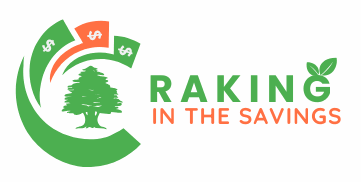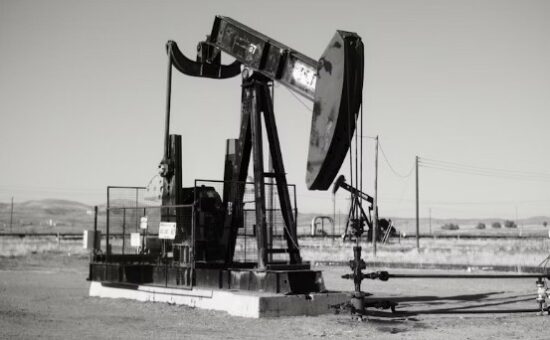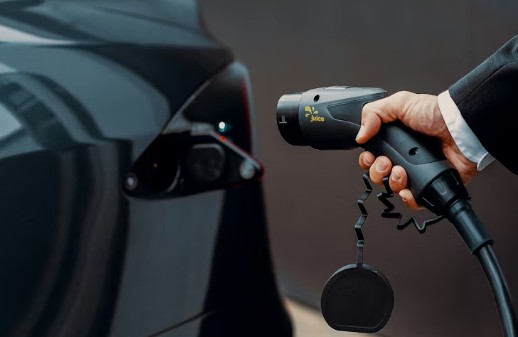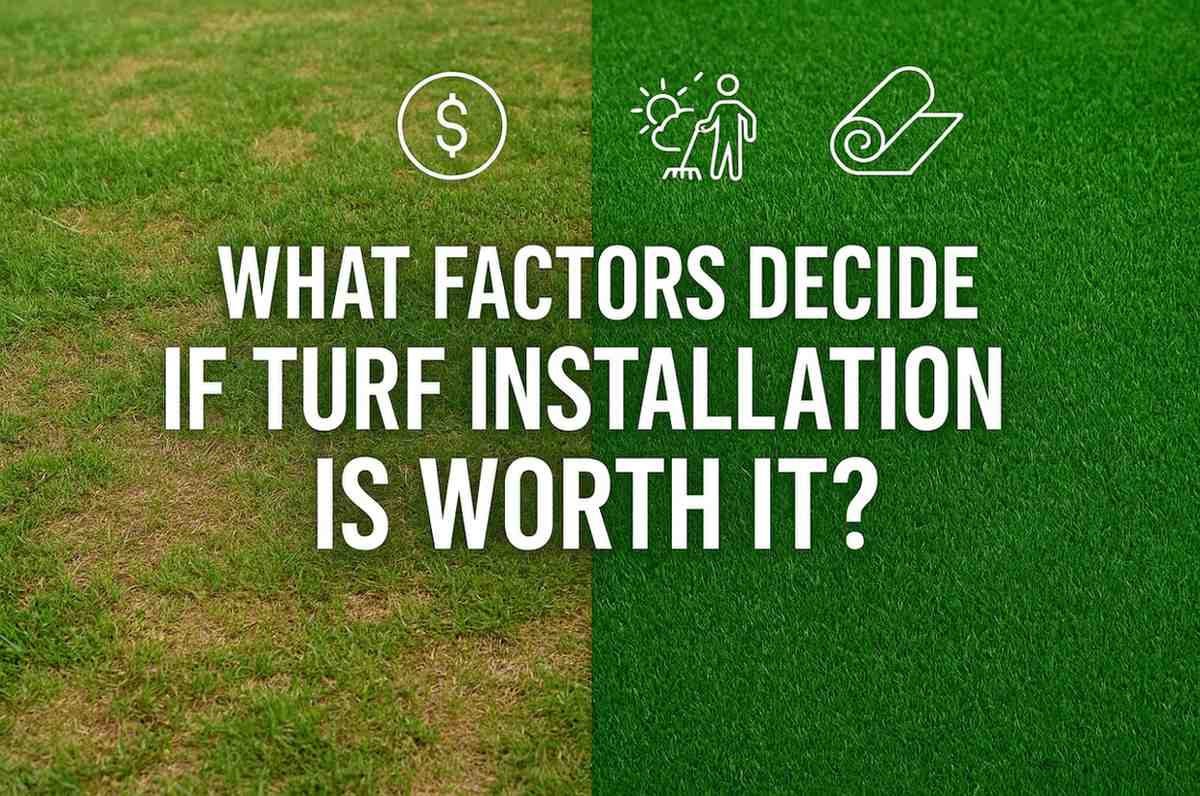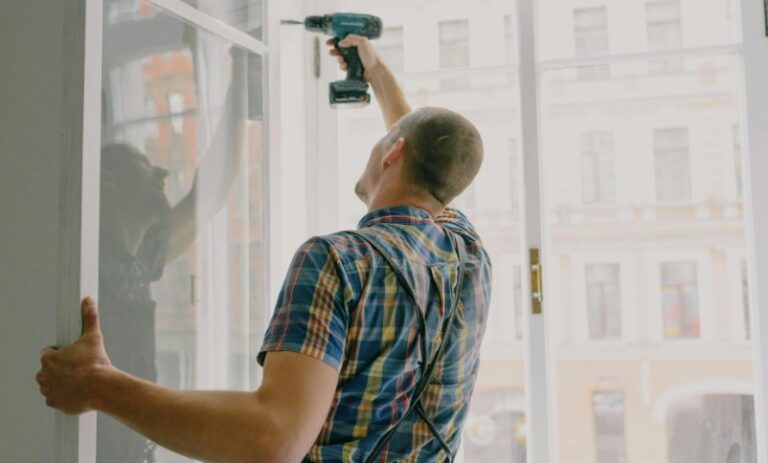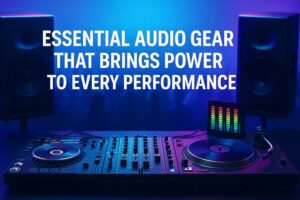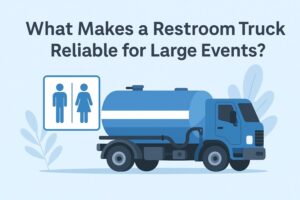Homeowners and businesses alike are rethinking traditional lawns. Water costs, unpredictable weather, and constant upkeep have made people look for smarter options. According to Grand View Research, the global artificial grass market surpassed 4.2 billion USD in 2023, showing how more property owners are investing in long-lasting alternatives that require minimal maintenance.
The appeal of Artificial Turf Solutions lies in their balance of beauty and practicality. Used for residential yards, playgrounds, or commercial properties, turf offers a clean, green appearance year-round. Still, deciding if it’s truly worth it depends on several key factors that influence value and performance.
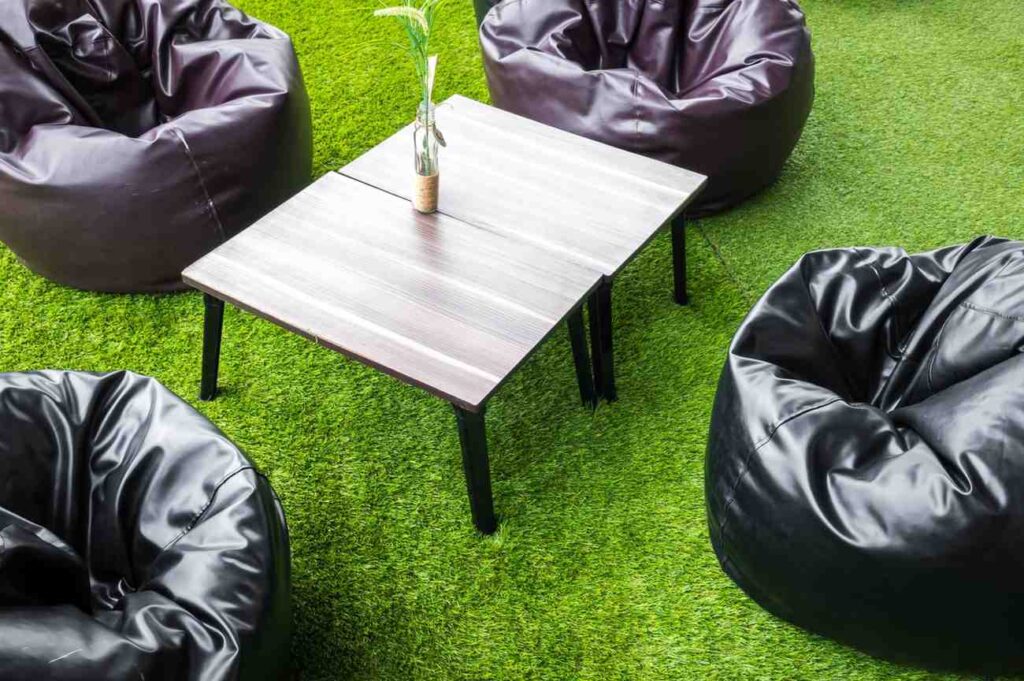
Climate and Local Conditions
The region’s weather plays a big role in turf performance. Hot, dry climates tend to favor synthetic grass since it eliminates the need for daily watering. In contrast, areas with heavy rainfall may require advanced drainage systems to prevent pooling. Sun exposure, temperature swings, and soil type all affect long-term results. Turf performs best in regions where natural grass struggles to survive. Before investing, consider how your location impacts durability, texture, and maintenance requirements over time.
Installation Costs and Long-Term Value
Initial installation feels expensive, but the long-term savings can balance the cost. Professional installation includes preparation, materials, and proper drainage, which ensures lasting performance. When compared with ongoing lawn care watering, mowing, and fertilizing, the return on investment becomes clear over the years. Evaluate cost not just by the purchase price but by the value it delivers in convenience and time saved. A well-planned installation lasts for more than a decade with minimal attention.

Maintenance Requirements
While turf eliminates mowing and watering, it still benefits from basic upkeep. Removing debris, brushing fibers, and occasional rinsing keep it fresh. Turf won’t attract pests or weeds easily. Maintenance costs are significantly lower, especially for large spaces such as sports fields or office courtyards. Routine care helps retain color and shape for years. The knowledge of these small maintenance needs helps set realistic expectations and prevents premature wear.
Environmental and Water Benefits
Reducing water use is one of the biggest advantages of switching to synthetic grass. In areas facing drought or strict water restrictions, this benefit is even greater. Turf requires no irrigation, cutting water consumption dramatically. It also reduces the need for fertilizers and pesticides, making it safer for pets and children. Sustainable Artificial Turf Solutions helps minimize environmental impact while still providing a lush, green appearance that feels natural to the eye.
Usage and Foot Traffic Levels
Different spaces have different needs. A family backyard, sports field, or hotel courtyard each experiences varied traffic levels. Turf designed for high-use areas features dense fibers and strong backing for better durability. Low-traffic zones may not need the same strength. Assessing how the space will be used helps you choose the right type of turf. Proper selection ensures it stays attractive and functional regardless of activity level.
Aesthetic and Design Preferences
Turf is available in many shades, pile heights, and textures. Choosing the right combination defines how natural it looks and feels. Modern synthetic grass closely mimics real varieties, providing softness and visual realism. Some designs include subtle color blends for a more authentic look. Matching the design to your property’s overall aesthetic enhances curb appeal. You prefer vibrant green or muted tones; customization ensures the final look aligns with your style.
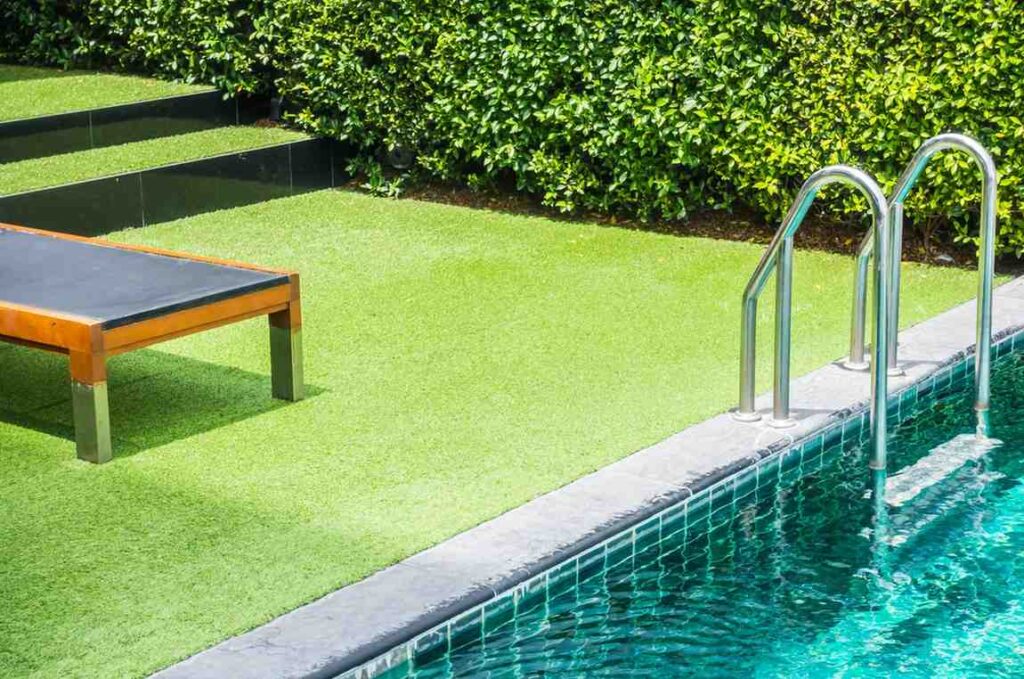
To figure out if turf installation is worth it depends on balancing cost, appearance, and practicality. Climate, usage, and design all play crucial roles in the decision. For many homeowners and businesses, the long-term savings and visual benefits make the investment appealing. Modern turf offers durability, comfort, and environmental advantages that natural grass struggles to match. With the right planning and quality materials, synthetic grass delivers beauty and value that lasts season after season.
